Elon Musk and Grimes Named Their Baby X Æ A-12. Here's the Plane Behind the Name
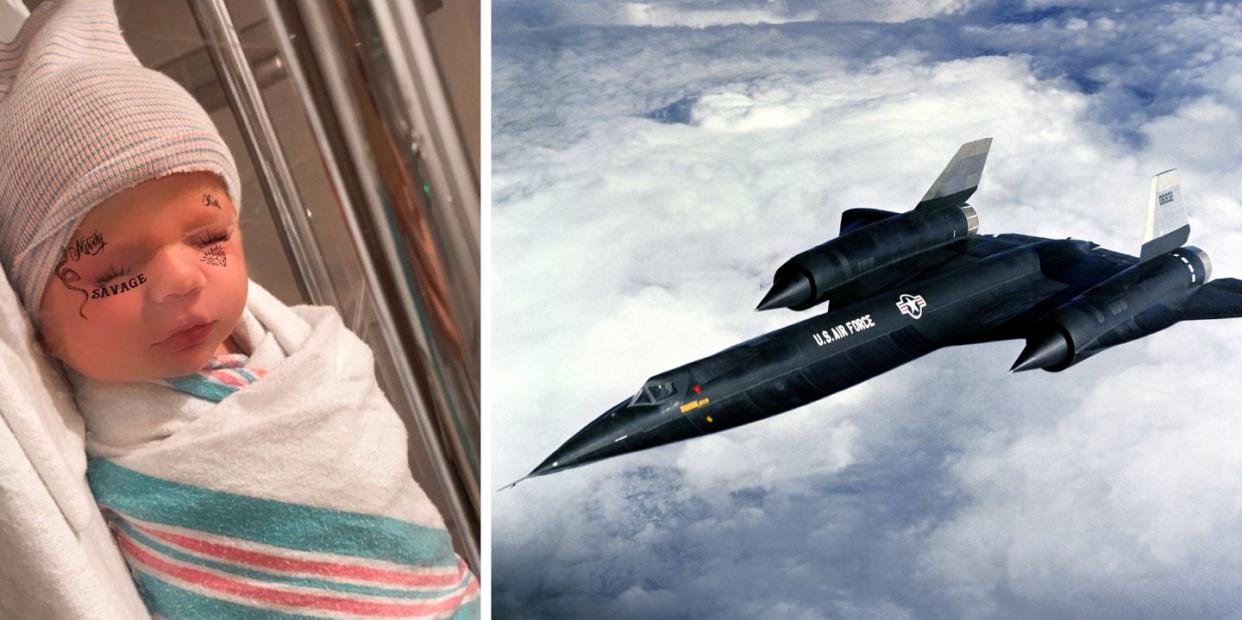
Elon Musk and his musician girlfriend, Grimes, have named their new baby “X AE A-12.” Really.
Grimes broke down the baby’s, uh, unconventional name on Twitter, explaining the A-12 portion is a tribute to the Lockheed A-12, a precursor to the SR-71 Blackbird, the couple’s favorite aircraft.
Honestly, we can’t be sure they’re not screwing with us.
By now, you’ve probably seen a bizarre, seemingly nonsensical string of characters appear all over your social feeds: X Æ A-12. It looks more like a jumbled security code than a moniker you’d bestow upon your harmless human child, but alas, it sure seems like Tesla and SpaceX mastermind Elon Musk and his musician girlfriend, Grimes, really did name their newborn baby “X Æ A-12.”
No word yet on the middle name, but for the kid’s sake, we sure hope it’s something simple like Tom.
Musk revealed the baby’s birth where the mercurial billionaire tends to reveal most things—Twitter—with a typically trollish announcement: a photo of the infant adorned with Photoshopped face tattoos. As proud dads do.
— Elon Musk (@elonmusk) May 5, 2020
When Musk casually dropped the newborn’s name—“X Æ A-12 Musk”—we didn’t think much of it, especially since rumors had recently circulated that the couple had chosen to name their baby “Influenza” amidst a global pandemic. So anything was on the table. But after a day of fervent speculation, Grimes (née Claire Boucher) indeed confirmed the validity of the name on Twitter, with a handy—albeit still a bit hazy—breakdown of its origins.
•X, the unknown variable ⚔️
•Æ, my elven spelling of Ai (love &/or Artificial intelligence)
•A-12 = precursor to SR-17 (our favorite aircraft). No weapons, no defenses, just speed. Great in battle, but non-violent 🤍
+
(A=Archangel, my favorite song)
(⚔️🐁 metal rat)— ꧁ ༒ Gℜiꪔ⃕es ༒꧂ 🍓🐉🎀 小仙女 (@Grimezsz) May 6, 2020
Huh!
Now, there’s a small, potentially problematic wrinkle to the name. According to the birth registration handbook for the state of California, where Musk, Grimes, and little X Æ A-12 call home, baby names can only include the “26 alphabetical characters of the English language,” which means no numbers, symbols, or “pictographs, ideograms, [or] diacritical marks ... allowed.”
“They have an opportunity to appeal the rejection of the birth certificate application,” attorney David Glass told PEOPLE, “but it’s unlikely that it will be granted because, again, California ... has been struggling with using symbols.”
But when you get past the inherent weirdness, potential legal issues, and overwhelming relief that it’s not “Influenza,” it turns out “X Æ A-12 Musk” is arguably the most PopMech name ever. You have one part math, one part sci-fi, one part tech, one part military aviation, and of course, one part Elon Musk. It’s like he and Grimes have access to our daily web traffic reports.
We’re especially interested in the inspiration for the plane portion of that name, which, once again, is X AE A-12. Grimes admitted the last part is a tribute to the Lockheed A-12, a precursor to the “SR-17” Blackbird—Musk quickly clarified it as the SR-71—which they like because of its emphasis on wicked speed without weapons or defenses. Plus, the plane was “great in battle, but non-violent,” Grimes tweeted.
SR-71, but yes
— Elon Musk (@elonmusk) May 6, 2020
The Short-Lived A-12
You probably know all about the mighty Blackbird, but perhaps not its predecessor.
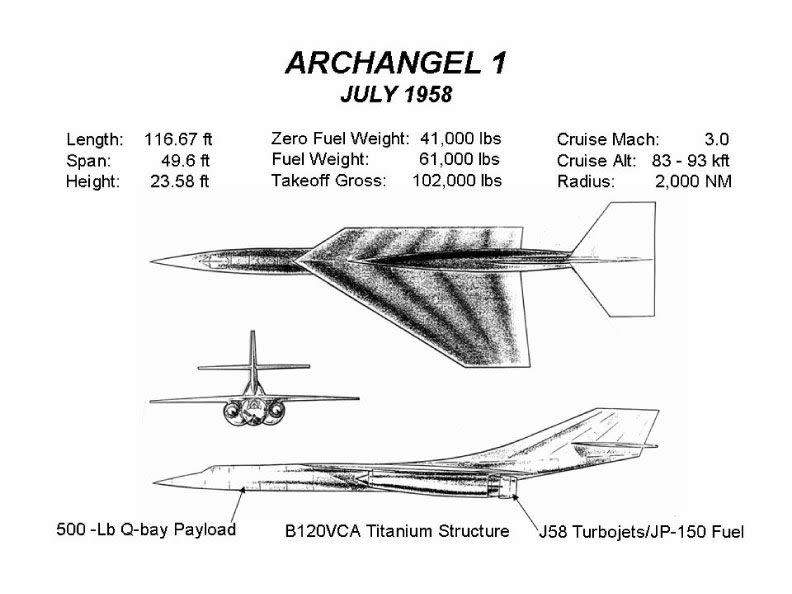
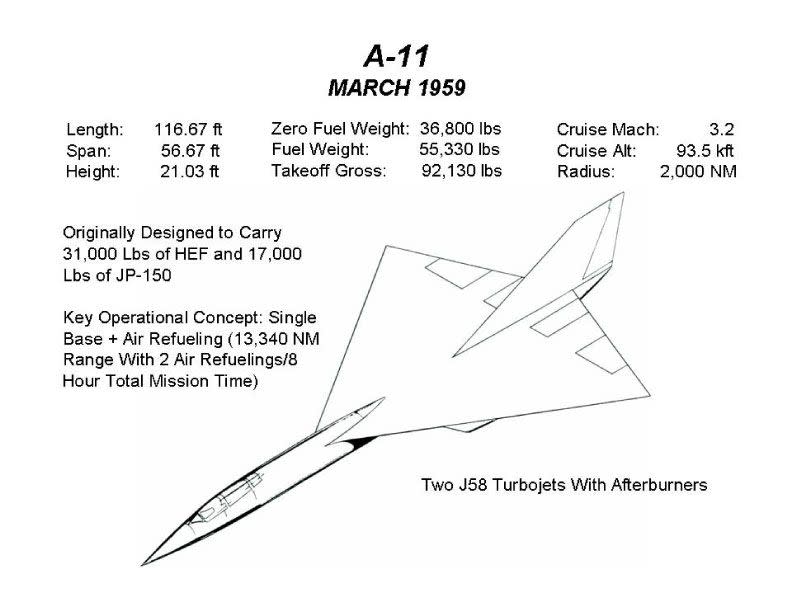
In 1959, the CIA chose Lockheed—fresh off the success of the U-2—to develop a reconnaissance aircraft to fly over the Soviet Union. After 11 rounds of designs for the aircraft nicknamed “Archangel,” the CIA ordered a dozen Archangel-12 (A-12) aircraft in 1960. The final design called for the bulk of the plane to be built from titanium, which was unprecedented; at the time, the alloy was only used sparingly in parts in high-temperature areas of the aircraft. To procure all that extra titanium, the CIA covertly bought it from the Soviet Union, and Lockheed developed a new technology to machine small, curvy fillets of the rigid metal.
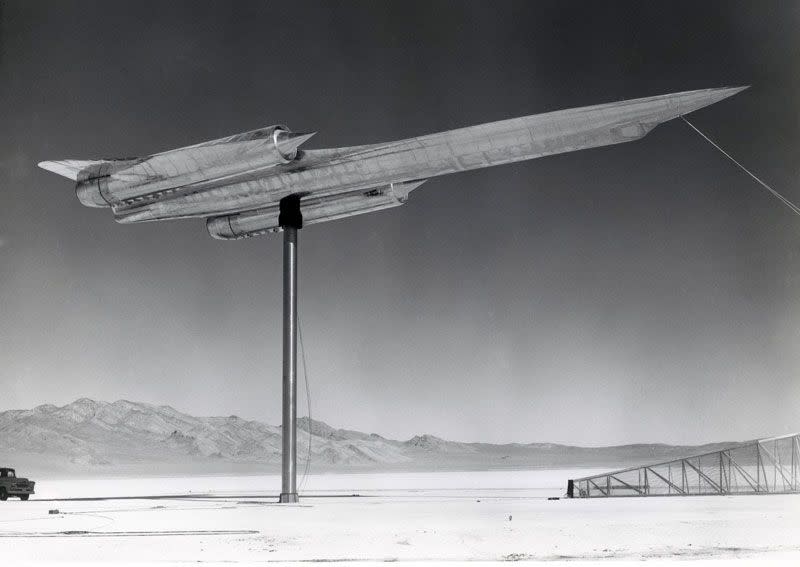
Crucially, Lockheed also reduced the A-12’s radar cross-section, building it from iron ferrite, silicon laminate, and asbestos to better absorb radar returns and improve the craft’s stealth. After several rounds of testing, by 1963, the A-12s flew with twin Pratt & Whitney J58 turboramjet engines, with 32,500 pounds of thrust apiece, to reach speeds of Mach 3.2.
Though the CIA originally intended the A-12 to fly recon missions over the Soviet Union, the agency deemed the area unsafe for the aircraft, and instead sent it to Asia. In 1967, several A-12s flew in Operation Black Shield over North Vietnam, snapping photos of surface-to-air missile sites; that same year, other A-12s carried out sorties to support Vietnam War efforts.
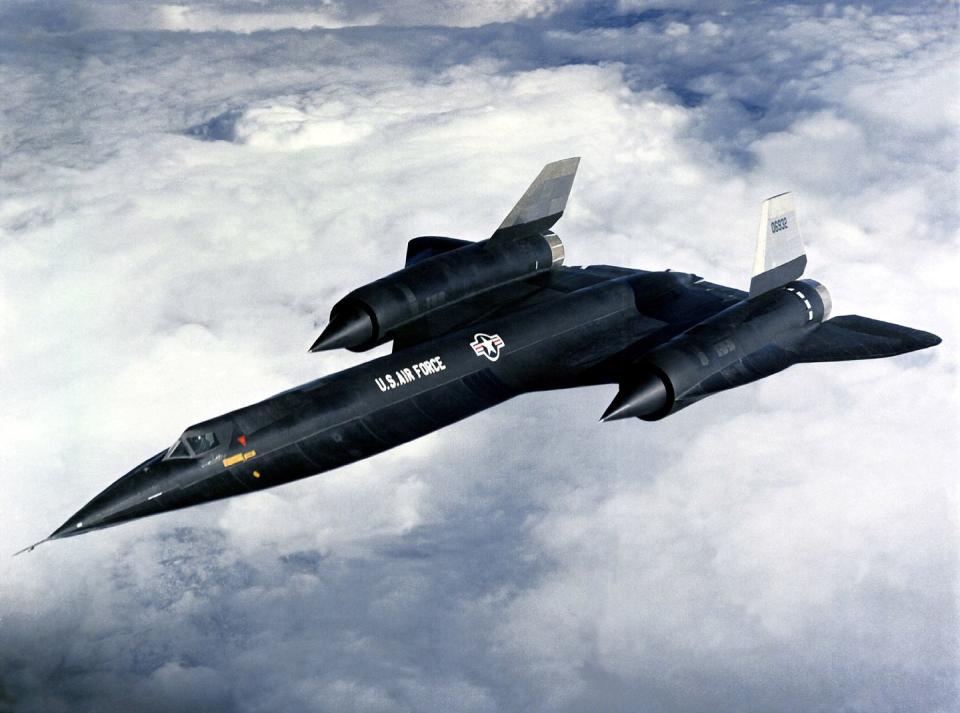
But by then, the A-12 had already been lapsed by its successor, Lockheed’s SR-71 Blackbird—a superior spy plane in almost every sense, whose supersonic speed and low radar made it an extraordinarily difficult target to shoot down. (It never was.)
The fastest and highest-flying Blackbird first arrived in Okinawa in March 1968; two months later, the A-12 flew its last operational sortie over North Korea, with the program already put out to pasture by the CIA.
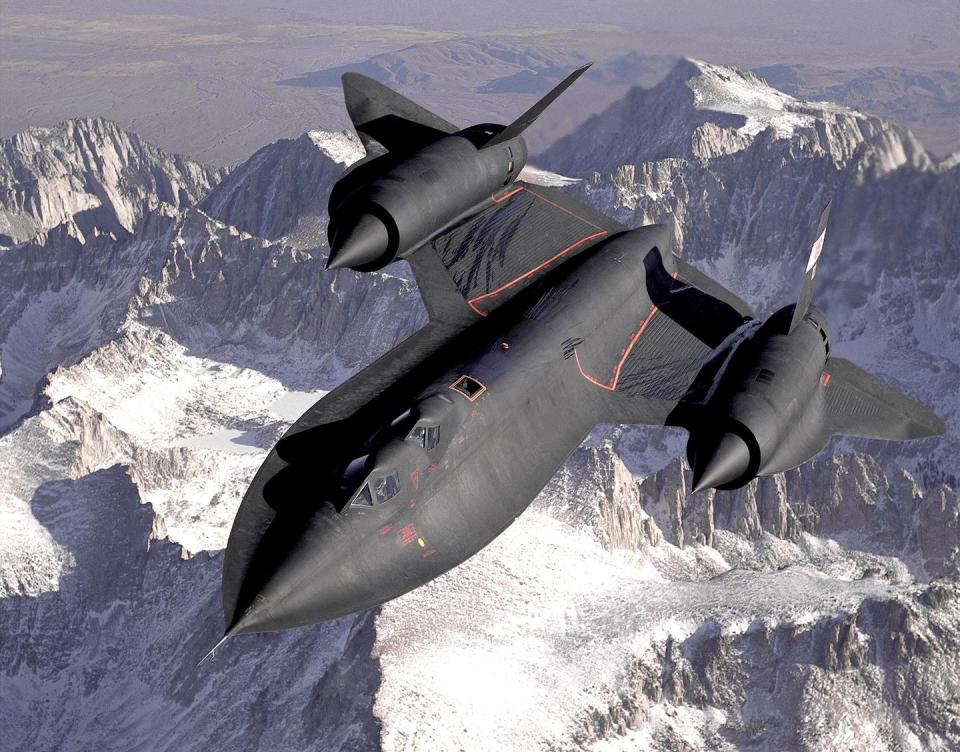
In total, Lockheed built just 13 A-12s and two M-21 variants. With a short operational history compared to the Blackbird’s much longer run, today, the A-12 doesn’t get nearly as much love as its legendary successor. But maybe all it will take to change the aircraft’s legacy is its prominent placement in the most batshit baby name of all time.
You Might Also Like

